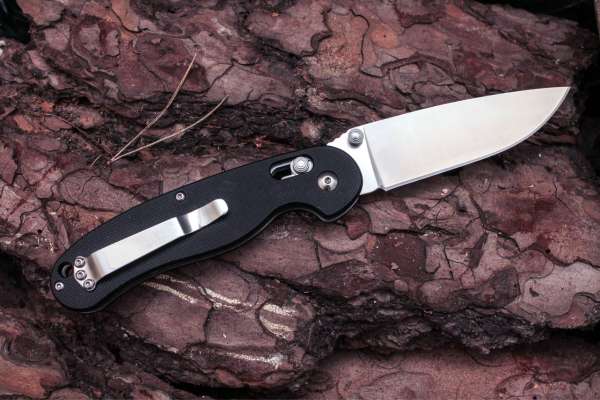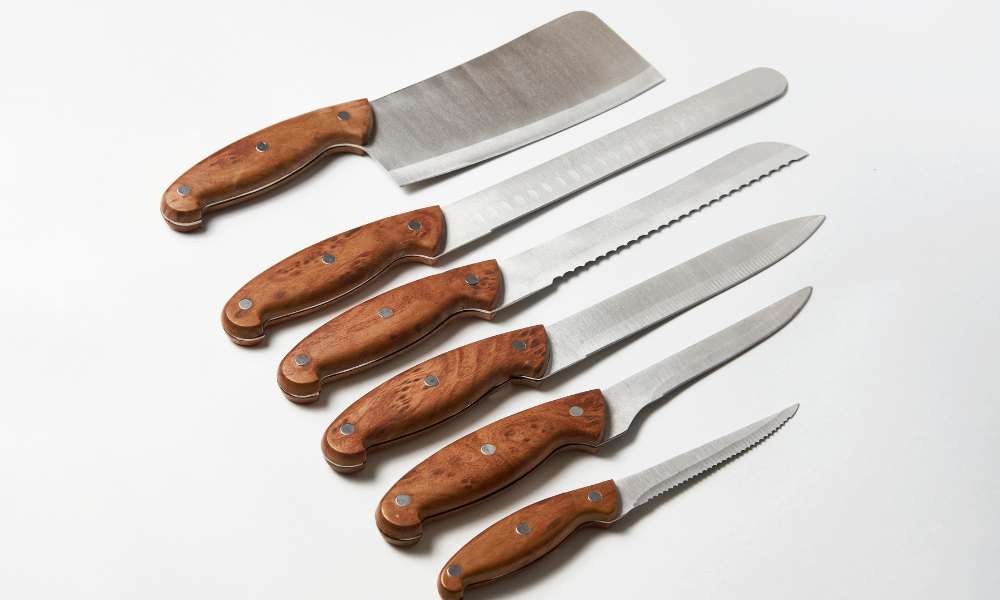Understanding the lifespan of your kitchen knives is crucial for any culinary enthusiast. The duration of a knife’s effectiveness depends on various factors, including material quality, maintenance, and usage frequency. With proper care, high-quality kitchen knives can provide years of reliable service, enhancing your cooking experience. This guide delves into the intricacies of knife longevity, offering insights and tips to maximize the lifespan of your kitchen cutlery, ensuring that every slice and dice remains precise and effortless. By exploring the elements that influence how long kitchen knives last, you’ll be better equipped to make informed decisions about your kitchen tools.”
Overview of Knife Longevity
it’s important to recognize that the longevity of a kitchen knive varies significantly based on several factors. These factors include the quality of the material, frequency of use, maintenance habits, and the type of knive. Generally, well-maintained high-quality knives can last for many years, sometimes even decades, becoming a cherished part of the culinary experience. The key to maximizing a knife’s lifespan lies in understanding its construction, proper care. And appropriate use, ensuring that it remains sharp, efficient, and reliable over time.
Types of Kitchen Knives
1. Chef’s Knife

Often considered the cornerstone of kitchen cutlery, the chef’s knive is known for its versatility. This all-purpose knife usually ranges from 6 to 12 inches in length and is designed for a variety of tasks, including chopping, slicing, and mincing. The lifespan of a chef’s knife greatly depends on its material. For instance, those made from high-carbon stainless steel are renowned for their durability. And can last for many years with proper care. Regular honing and professional sharpening, along with proper storage, play a crucial role in extending the life of a chef’s knive.
2. Paring Knife

Paring knives, smaller in size and typically about 3 to 4 inches long, are essential for more precise tasks such as peeling, trimming, and decorating. Due to their delicate nature, the longevity of paring knive is heavily influenced by how they are used and cared for. Like chef’s knives, those crafted from quality materials like high-carbon stainless steel tend to have a longer lifespan. However, because they are often used for intricate work, they may require more frequent sharpening. Proper handling and storage are vital in preventing damage to their fine edges, thereby ensuring their longevity in your kitchen toolkit.
3. Bread Knife

The bread knife, characterized by its long blade with a serrated edge, is specifically designed for slicing through bread without crushing it. This specialized design means that bread knive experience less direct wear on their cutting edge compared to other Types of Kitchen Knives. The longevity of a bread knife largely depends on the quality of the serration and the material of the blade. Typically made from stainless steel, these knives can last for several years. Unlike straight-edged knive, bread knive don’t require frequent sharpening. However, once the serrations do wear down, they are more challenging to sharpen. And might necessitate professional attention to restore their cutting efficiency.
4. Utility Knife

A utility knife, often considered a mid-sized all-rounder in the kitchen, usually measures between 4 to 7 inches. It is ideal for tasks that are too small for a chef’s knife but too large for a paring knive, like slicing vegetables and cutting sandwich meats. The durability of a utility knive depends on its construction material and maintenance. Those made from high-quality steel can withstand numerous sharpenings and retain their edge for a long time. To prolong their life, it is essential to maintain them with regular honing, proper sharpening, and safe storage. As with all knives, the frequency of use will also impact how long they last, but with appropriate care. A utility knive can be a dependable tool in the kitchen for many years.
Factors Influencing Knife Longevity
1. Material Quality

The lifespan of kitchen knives is significantly influenced by the quality of the materials used in their construction. Blades crafted from high-quality materials such as high-carbon stainless steel or ceramic are known for their durability and resistance to corrosion and wear. High-carbon stainless steel, for instance, offers a superior balance between maintaining. A sharp edge and resisting rust, leading to a longer-lasting knife. On the other hand, cheaper materials may dull quickly and are more prone to damage, necessitating frequent replacement.
2. Frequency of Use

The frequency with which a knive is used plays a crucial role in determining its longevity. Regular use can lead to wear and tear on the blade, especially if the knife is not suited for the specific task or is used on inappropriate surfaces. For example, using a fine-edged paring knife for tougher jobs meant for a chef’s knive can degrade the blade more quickly. Conversely, even high-quality knives can lose their edge over time with consistent use, underscoring the importance of proper maintenance to extend their life.
3. Maintenance and Care

Proper maintenance and care are paramount in maximizing the lifespan of kitchen knives. This includes regular sharpening to maintain a sharp edge, honing to realign. The blade, and cleaning and drying the knives properly after each use to prevent corrosion. Storing knives correctly, either in a knife block, on a magnetic strip, or in protective sheaths. Also protects the blades from unnecessary damage. Neglecting these care practices can lead to premature dulling, rusting, or other damage, significantly shortening the lifespan of the knife. Conversely, meticulous maintenance can preserve and even extend the life of kitchen knives, ensuring they remain functional and reliable components of your culinary toolkit for a long time.
The Impact of Knife Quality on Lifespan
The quality of a kitchen knife has a profound impact on its lifespan. Knives crafted from high-grade materials like high-carbon stainless steel or Damascus steel are not only more durable but also better at retaining their sharpness compared to those made from lower quality materials. Higher quality knives resist wear, corrosion, and damage, ensuring a longer life even under frequent use. Additionally, the construction of the knife, including the handle and the blade’s thickness, also plays a significant role. A well-constructed knife, balanced in weight and ergonomics, is less likely to suffer from structural issues over time, further extending its useful life.
When to Replace Your Kitchen Knives?
Knowing when to replace your kitchen knives depends on several indicators. If a knife becomes excessively dull and does not retain its sharpness after sharpening, it might be time to consider a replacement. Visible damage like chips or bends in the blade, or signs of severe wear and corrosion. Are also clear signs that a knive has reached the end of its useful life. Additionally, if the handle is damaged or becomes loose, it can pose a safety hazard, indicating the need for a new knive. For those who use knives professionally or daily, upgrading to a new knife might come sooner due to the higher frequency of use and the need for optimal performance.
Conclusion
The longevity of kitchen knives is influenced by a blend of factors, including the quality of materials, frequency of use, and the level of maintenance and care. High-quality knives not only last longer but also provide a better culinary experience. It’s important to recognize the signs that indicate when it’s time to replace a knife to ensure safety and efficiency in the kitchen. Regular maintenance, along with mindful usage, will ensure that your kitchen knive remain valuable tools. In your culinary endeavors for as long as possible, making every cut, chop, and slice a pleasure.
